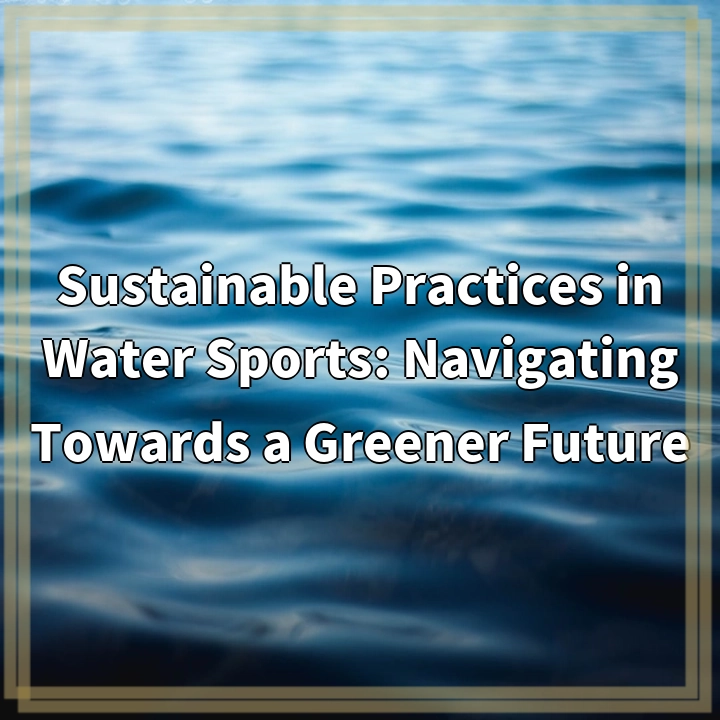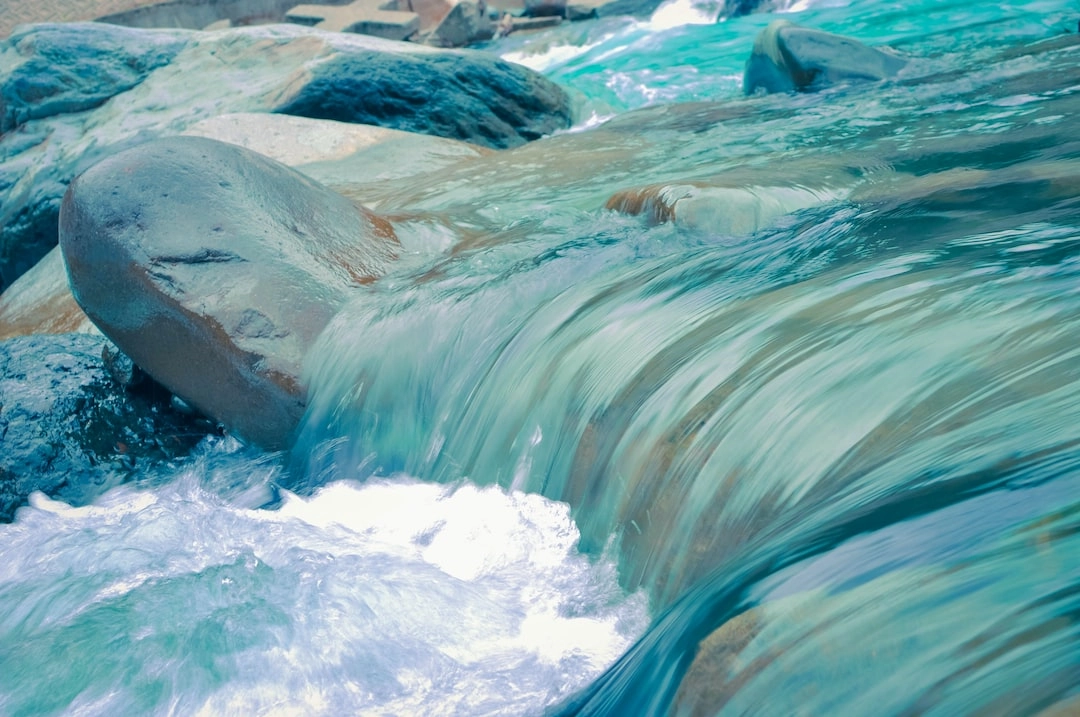
What it is:
Water sports are a popular recreational activity that involve engaging with bodies of water for leisure or competitive purposes. They encompass a wide range of activities such as surfing, paddleboarding, kayaking, sailing, and scuba diving, among others. While water sports offer exhilarating experiences and a deep connection with nature, they can also impact the environment in various ways.
Real-World Problems:
1. Pollution:
One of the major challenges faced by water sports enthusiasts is pollution. Water bodies often serve as dumping grounds for waste materials, including plastics, chemicals, and oils. These pollutants not only degrade water quality but also harm marine ecosystems and the organisms inhabiting them. Swimmers and surfers may unknowingly come into contact with harmful substances, posing risks to their health.
2. Habitat Destruction:
The construction and development of water sports infrastructure can lead to the destruction of natural habitats. Embankments, piers, and marinas can disturb coastal ecosystems, including mangroves, seagrass beds, and coral reefs. These habitats play crucial roles in maintaining biodiversity, providing nurseries for marine species, and protecting coastlines from erosion. Disruptions to these habitats can have long-lasting and far-reaching impacts on marine life and coastal resilience.
3. Overfishing and Bycatch:
Some water sports, such as fishing and spearfishing, can contribute to overfishing and bycatch. Overfishing occurs when fish populations are depleted beyond sustainable levels, leading to declines in fish stocks and imbalances in ecosystems. Bycatch refers to the unintentional capture of non-target species, including endangered or protected marine animals such as sea turtles, dolphins, and seabirds. Both practices can have significant ecological consequences and disrupt the delicate balance of marine ecosystems.
4. Invasive Species:
Through the movement of boats and equipment, water sports can inadvertently introduce invasive species into fragile ecosystems. Invasive species, such as zebra mussels or lionfish, can outcompete native species, disrupt food chains, and cause harm to local ecosystems. They can also impact human activities by clogging up water intakes, damaging infrastructure, and affecting tourism.
5. Climate Change Impact:
Water sports are directly impacted by climate change and can, in turn, contribute to its acceleration. Rising sea levels, changes in ocean temperature, and increased frequency of extreme weather events can disrupt water sports activities. Additionally, the industry itself, with its use of transportation and energy, can contribute to greenhouse gas emissions, reinforcing the cycle of climate change.
Addressing these real-world problems requires concerted efforts and a shift towards sustainable practices in water sports. By adopting and promoting environmentally friendly approaches, such as using eco-friendly equipment, promoting responsible fishing practices, supporting conservation initiatives, and raising awareness among participants and tourists, we can ensure a greener future for water sports enthusiasts and protect the beauty and health of our oceans and waterways.

Solutions for Sustainable Practices in Water Sports:
1. Pollution Prevention:
Implementing pollution prevention measures is crucial in maintaining the health of water bodies. This includes proper waste management both onshore and offshore, reducing single-use plastics, and encouraging recycling. Participating in beach clean-ups and supporting organizations that work towards clean water initiatives are important actions that water sports enthusiasts should take.
2. Habitat Conservation:
Protecting and restoring habitats that are affected by water sports activities is vital for preserving biodiversity. Promoting responsible coastal development, creating marine protected areas, and supporting initiatives that restore and protect critical habitats like mangroves and coral reefs are effective ways to mitigate habitat destruction caused by water sports.
3. Sustainable Fishing Practices:
A shift towards sustainable fishing practices can help prevent overfishing and reduce bycatch. Following catch limits, using selective fishing gear, and supporting local and well-managed fisheries are key steps in promoting sustainable fishing. Engaging in catch-and-release practices and avoiding the consumption of endangered or threatened species also contribute to healthier marine ecosystems.
4. Prevention and Control of Invasive Species:
Strict biosecurity measures are necessary to prevent the introduction and spread of invasive species. Thoroughly cleaning and inspecting boats, equipment, and gear before moving to new water bodies is crucial. Water sports enthusiasts should also educate themselves about invasive species in their region and take steps to report and control their presence.
5. Climate Change Mitigation and Adaptation:
Water sports can contribute to mitigating climate change by minimizing carbon emissions. Opting for eco-friendly modes of transportation, using renewable energy sources for equipment charging, and promoting energy-efficient practices can all help reduce the industry’s carbon footprint. Additionally, adapting to the impacts of climate change, such as changing weather patterns and rising sea levels, by embracing resilient and sustainable water sports practices is essential.
By implementing these solutions and promoting sustainable practices, water sports enthusiasts can contribute to a greener future and ensure that the beauty and health of our water bodies are preserved for generations to come.















